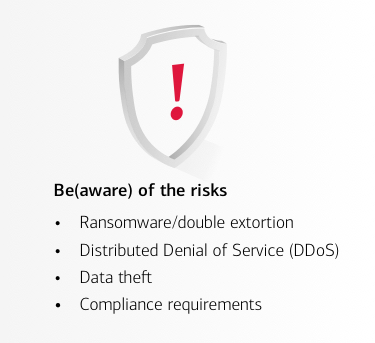Characteristics of college campuses that make them uniquely interesting — such as the emphasis on independence, the free flow of ideas and the diversity of skills and backgrounds of both students and staff — can also make common goals such as cybersecurity more challenging. With Wi-Fi accessible across entire campuses — in dorms, libraries, classrooms, labs, dining halls, faculty and administrative offices — and a diffuse, diverse body of administrators, professors, employees and students used to connecting to school networks when and where they want, higher education institutions can be more vulnerable to cyber crime than corporate environments where strong security requirements can be more easily imposed.
In addition, the pandemic accelerated dramatic changes to the education technology landscape, including the expansion of remote learning and a steep increase in digital tools used in the classroom. Combined with a population of students who may be new to living on their own and less concerned with security risks, it’s clear why education and research institutions saw a 114% increase in cyber incidents between 2020 and 20223, and the sector experienced the highest volume of attacks in any industry every month in 2021 and 2022.4
Colleges and universities are target-rich environments that house a tremendous amount of data, including valuable intellectual property as well as personally identifiable information (PII) from students, parents, staff and vendors. The volume of threats is only increasing, with stolen academic credentials among the most commonly trafficked by criminals.5
To protect your institution, you must consider what the risks are and then follow best practices to reduce those risks to an acceptable level and then set best practices for risk mitigation.





